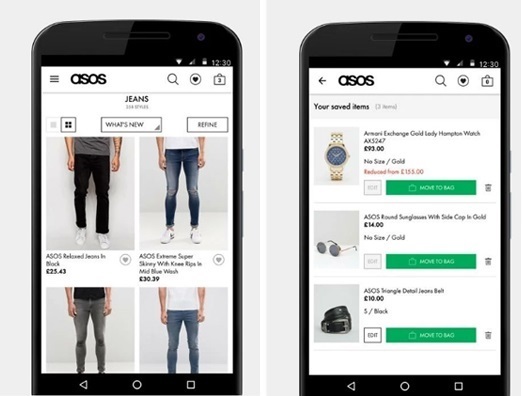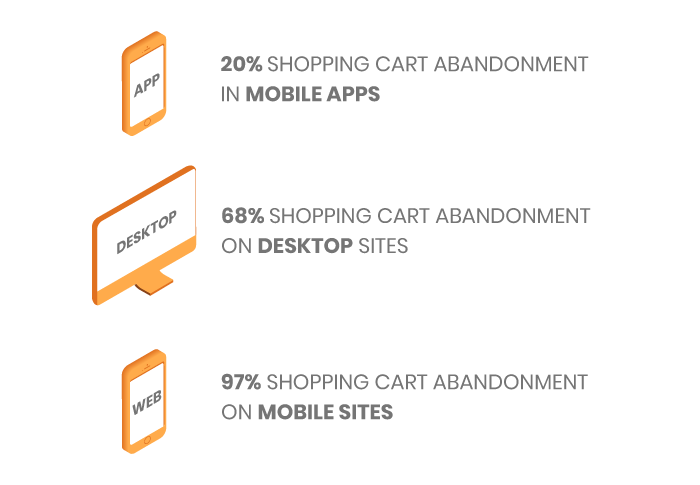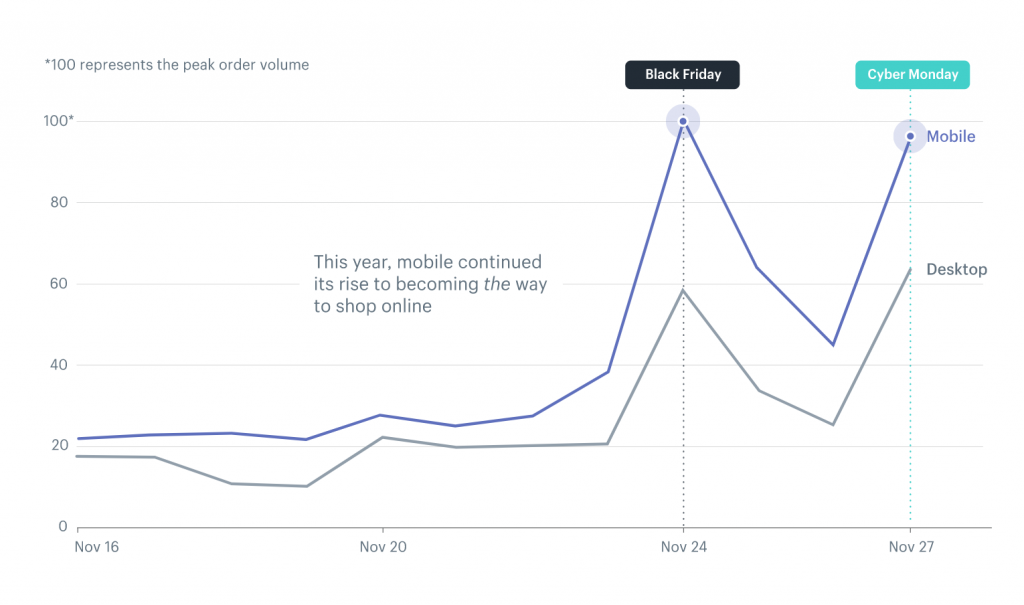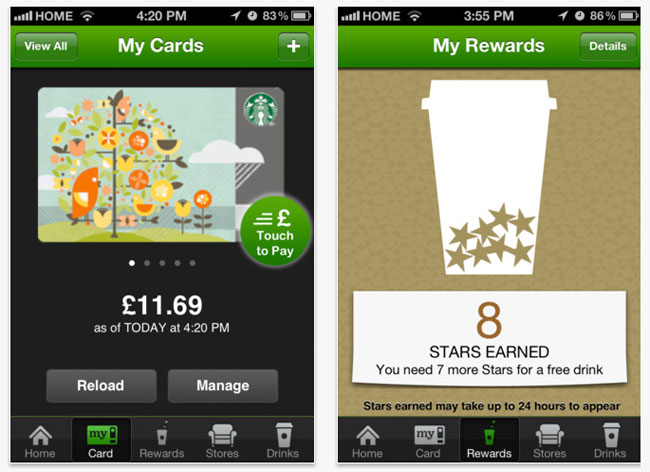It is a fact that today’s eCommerce consumers are spoiled for choice. As of 2017, there are over 500,000 Shopify eCommerce stores, and that’s just one eCommerce platform. Clubbed together with Magento, WooCommerce, Wix, and others there are over 4 million eCommerce stores, with the competition being at an all-time high. It is becoming increasingly important for brands to diverge and innovate to grab the consumer’s attention. Here’s talking about the growth of mobile apps in eCommerce.
Did you know the number of smartphone users across the globe will reach over 5 billion by 2019? That is just two years away! Having only a fully functional site on the web and mobile is no longer enough for eCommerce stores.
Including a mobile app in the brand, offerings can do wonders. Here are three stats to support my stance:
- Mobile users spend 90% of their time on mobile apps.
- 78% of consumers state they would instead use a mobile app than access an eCommerce store on a mobile browser.
- Mobile app users are twice as likely to return to an eCommerce store within 30 days as compared to those shoppers who access the eCommerce store on a mobile browser.
I can go on…
- A mobile app allows consumers to shop quickly, even when commuting to work or lying in bed.
- It is easy to resume shopping on mobile as the cart is just a few clicks away.
- Consumers get to enjoy mobile-only rewards and perks.
How mobile is redefining eCommerce
Mobile apps are taking over the eCommerce world for good reasons.
1) Offering a friendlier shopping experience
Gone are the days of presenting products mundanely and cluttering the layout with unnecessary buttons and pop-ups that distract a consumer. 85% of online shoppers prefer mobile apps to mobile sites when it comes to user experience (UX).
As of Feb 2018, easy navigation on the mobile app is half the battle won for an eCommerce store. eCommerce brands emphasize layouts and checkouts to enable the user to shop quickly and have all the products or services easily laid out.
ASOS’ mobile app design, for example, is simple. Filters are listed discreetly, and customers can save their favorite products and view them later using the “heart” button.

The simplified checkout process is the icing on the cake and has ensured a lower cart abandonment rate than web and mobile sites.

2) Opportunity to attract consumers on-the-go
If you follow online lifestyle brands such as Macy’s and Costco, chances are you would have received a push notification or a text message from them on a discount that app users can only avail.

How often do you open these sites on your mobile phone’s browser? Rarely. Because most of us are shopping online while we’re on the go or multitask throughout the day.
A mobile app has alloweds them to curate exclusive content for their customers – from promoting a rewards system and offering sizeable discounts to allowing access to a new collection and giving bonuses on purchases.
No wonder mobile apps boast a 140% higher average order value and 130% higher than desktop sites!
3) Better responses, greater conversions
You will not be surprised to know that 40% of visitors leave a web page that takes longer than 3 seconds to load. Even a one-second delay in page load drops your conversion rate by 7%!
However, the time a mobile app takes to complete an action is significantly lower as they store some part of the data on the device. Even though apps connect to servers just like websites do, there are 10x less data transmitted between a server and a mobile app than between a server and a browser.

4) Impressive eCommerce store branding
With many eCommerce stores offering similar products to the same target market, there is always competition for attention. You might be offering the best of deals amongst the competitors and still not get as many sales—the reason consumers still choose the store they purchase from, on one crucial aspect – branding.
Having an impressive design for your eCommerce store is no longer enough. Nor are the product reviews and ratings you have on your product pages. If you have a mobile app, you’re considered a progressive brand that wants to make online shopping easy for its customers.
5) Optimized source of revenue
According to Adobe Insights, 80% of online transactions made at 100 major US retailers are through mobile devices. Shopify reported that this year too, mobile continued to be used more for online shopping on both Black Friday and Cyber Monday.

The primary reason is the ease for a consumer to look for deals and discounts on the products they are looking for and an optimized checkout mechanism to complete the purchase.
Another example here is from the popular pizza chain – Dominoes. The pizza giant launched a mobile app to enable its consumers to place an order online. This increased their eCommerce sales by a whopping 24.4%, of which 52% came through mobile devices. Their app got downloaded more than 10 million times!
6) Active customer engagement
A mobile app has enabled eCommerce stores to stay connected with their customers. 91% of smartphone users keep their phones just about 3 feet away from them and spend almost 90% of their mobile time on apps. This gives eCommerce stores an excellent opportunity to reconnect with their existing and new customers.
For instance, the store can promote a flash sale on products previously browsed by a customer and send a push notification to bring him back to the app to complete the purchase. Similarly, the store can send out a push notification to recover abandoned carts by creating a sense of urgency around the products.
What’s more? A store can even run successful referral programs in the app. By incentivizing the word-of-mouth promotion, you’ll gain more users and boost your sales drastically.
Take, for example, the Starbucks app.

7) Improved store search ranking
Search engines give equal preference to app content along with website content. Done via app indexing, having an app and a website ensures a large influx of organic traffic for eCommerce stores.
The results secured through app indexing are considered more effective than regular web results by both Apple and Google. So without a mobile app, it is almost impossible for an eCommerce store to reach page 1 of the mobile search results.
Therefore, when an online store puts its mobile app on the Google Play store and Apple store, it boosts its digital presence and gives the potential customers another platform to access the store – thus increasing sales and building a more substantial brand value.
Can app growth hack eCommerce sales?
ECommerce has changed so much today that succeeding without a proper mobile channel is virtually impossible. And no, creating a mobile responsive site doesn’t cut it. 40% of eCommerce consumers will go to the competitor store after a bad mobile experience. This includes the convenience of shopping from wherever and whenever.
That’s why you need an app for your eCommerce business.
With technology taking over the digital landscape, you can create an app for your store almost instantly. All it takes is four steps and about 10 minutes to have it up and running for your customers.
For instance, Bailey’s Blossoms. The Shopify store made $500k in revenue from their mobile app in the last 12 months.
Don’t believe it? See how they did it.






Share Your Views!